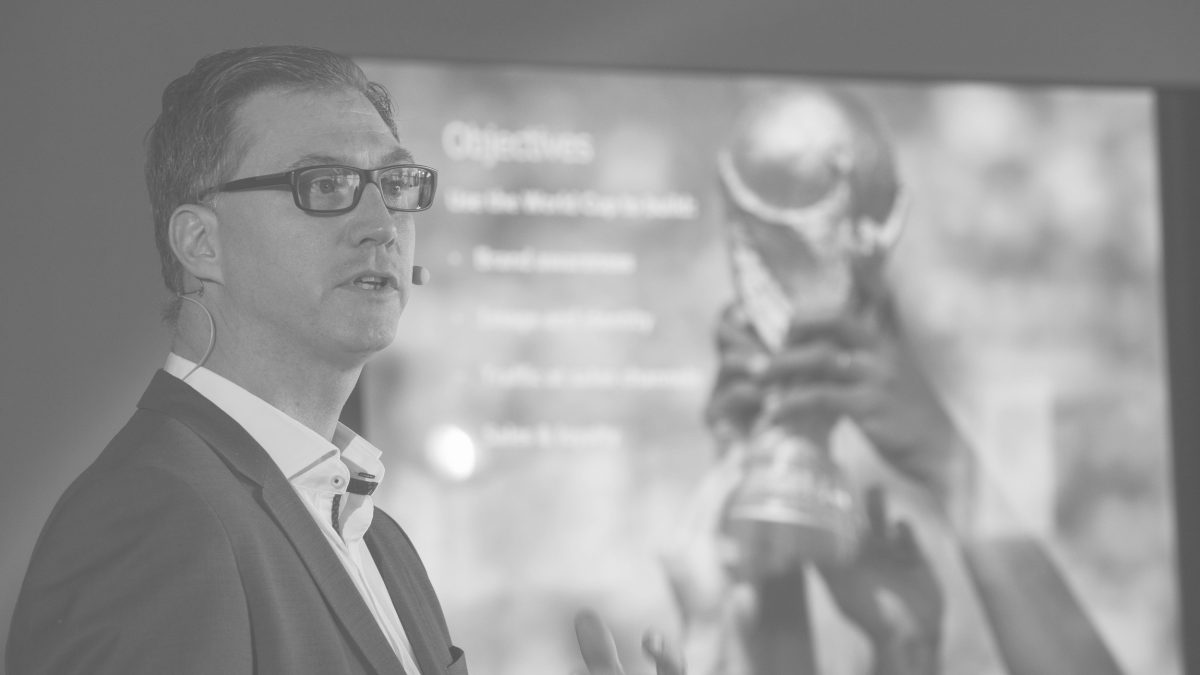Getting out of the bubble


When reading research on the impact of Covid-19 on consumer purchasing habits, advertising spend and new marketing strategies, I don’t need a crystal ball to conclude the next 18 to 24 months will remain a challenging period. Global ad spend in 2020 is predicted to be down 8.1% or $96 billion with travel & tourism (-31%), leisure & entertainment (-28%) and financial services (-18%) the three sectors cutting the most. Equally, there was an increase in viewing gaming content on Twitch from 846 million hours per month in 2019 to more than 1.6 billion per month in April and May 2020. Brand investment in esports was $768 million in 2019 and is forecast to reach almost $1.1 billion in 2022. Food for thought….
In the sports industry, leagues and competitions have gradually drawn to a close or re-starting in some cases albeit in modified forms. As a sports consumer, more TV viewer than fan in the venue, I have adapted to life in the bubble. The artificial crowd noises during a football match no longer disturb me. The modified Champions League format of one match in a neutral venue for the quarterfinals produced some exciting and entertaining football. Not only the 8-2 score line from Bayern against Barcelona but the performances of RB Leipzig, PSG and Lyon is a refreshing change from the usual suspects. Perhaps this one match neutral venue knock-out format might be retained in the future?
I had four tickets for The Open golf championship at Royal St. Georges in July. It was postponed to 2021, like many annual sports events. We were offered a full refund or same tickets for 2021. It was a no brainer, 2021 it is. On TV and mobile, pro golf tournaments behind closed doors have been very watchable and the re-scheduled USPGA produced a wonderful winner in 23-year-old Collin Morikawa. Would he have won with raucous crowds’ present? Who knows and who cares? It was live golf.
Amateur golf in England also encountered a resurgence since the easing of lockdown with 60% more rounds played in July this year compared to 2019 and 20,000 new Golf England memberships. The key to this boost was booking a round in advance and initially limiting the number of players to two. As a result, more bookings and faster rounds of play which is the biggest complaint of most amateur golfers. At my local club it was noticeable how many new visitors were taking lessons and perhaps replacing another sport they could not play with one where social distancing and hygiene is manageable.
In my July post it started with a quote “Covid-19 is, without doubt, going to act as an accelerant for the long-awaited levelling up of the fan experience and the value attributed to the role and real data of the fan” which may or may not prove to be the case. We now can analyze steps taken by some professional sports to follow this path. In the US, after four months of lockdown the NBA’s reopener, Lakers vs. Clippers was held in central Florida playing out in front of 300 or so virtual fans. This is the NBA bubble which includes four hotels and 1,500 people moving around to deliver the games. At a cost of $170 million it is not cheap either. In an interview with Sports Illustrated, NBA commissioner Adam Silver referred to missing the ‘human emotion that comes with being around other people…. the togetherness, the camaraderie, the brotherhood of players’. Reading interviews with Silver is always insightful and here he captures the core essence of marketing – to create an emotional connection. That is what we as players, viewers and fans crave the most. On the court and off the court, an emotional connection with friends and family.
A recovery strategy for sport and business in general is not just about the tools you have like technology or data but a deep level of understanding about consumers and what they want. Locking fans or consumers into long-term memberships or subscriptions is not appreciated by the newest consumer generations, Gen Z and Millennials. A ‘winning the purchase each time’ mentality and a differentiated value proposition that resonates personally with this audience will influence success more.
Equally, the focus on kick-starting professional sport should not come at the expense of grass roots sport. If anything, it is more important to help people of all ages and backgrounds to re-engage with community sport for physical, social and mental well-being. Those sports that are willing to adapt and adjust for their fans, members and partners are also likely to recover quicker when it comes to getting out of the bubble. Perhaps there is a silver lining somewhere inside the bubble, we just need to find it.